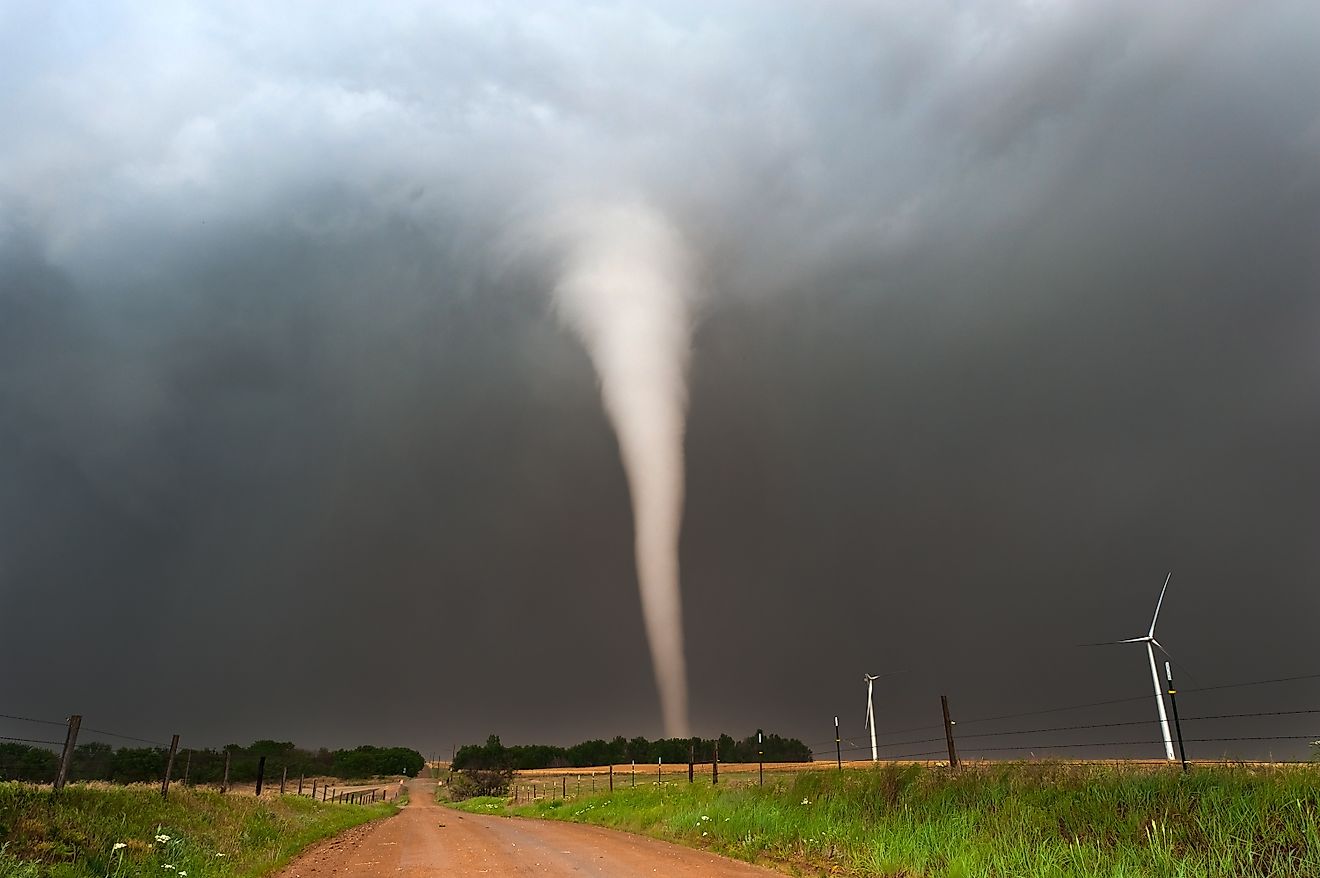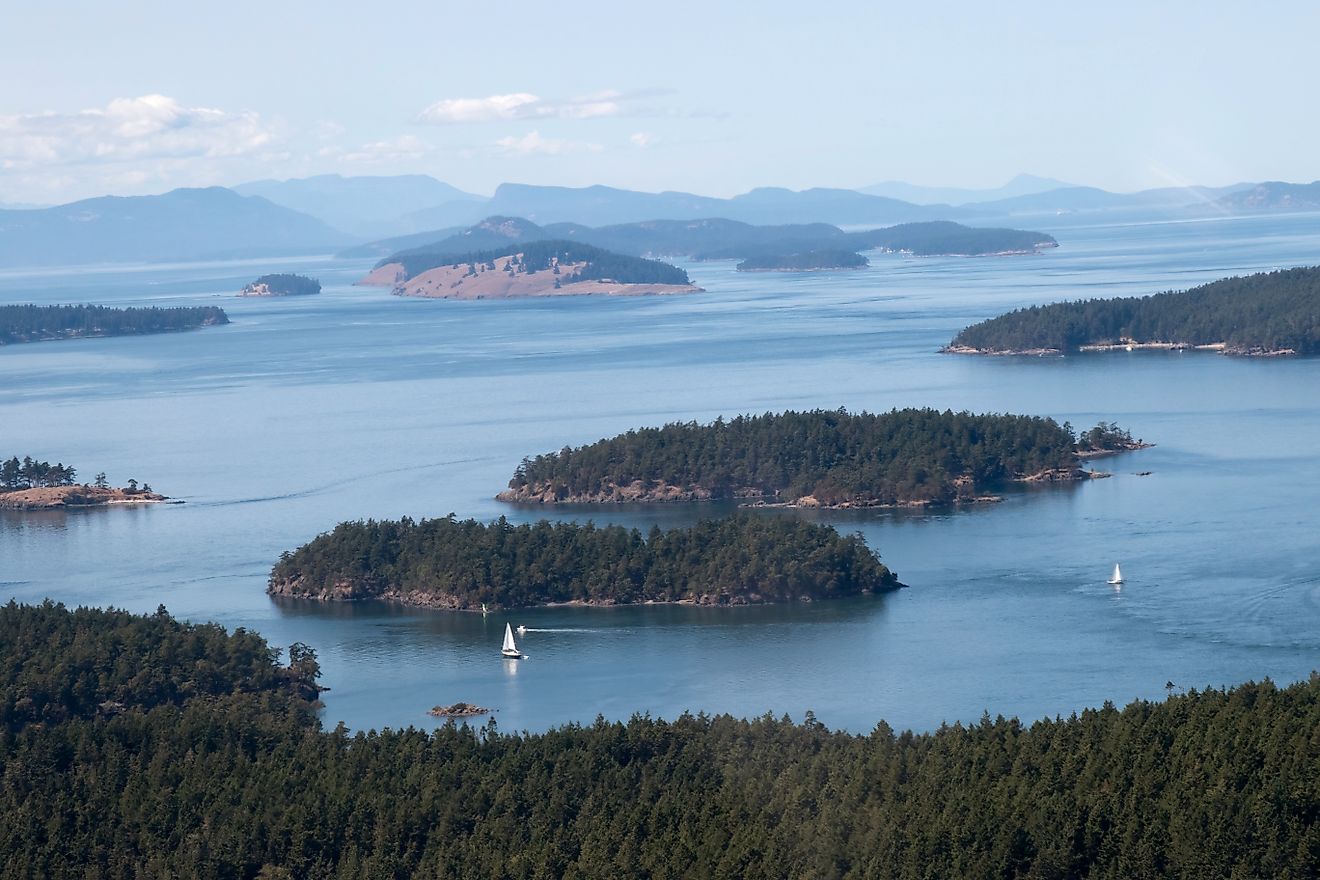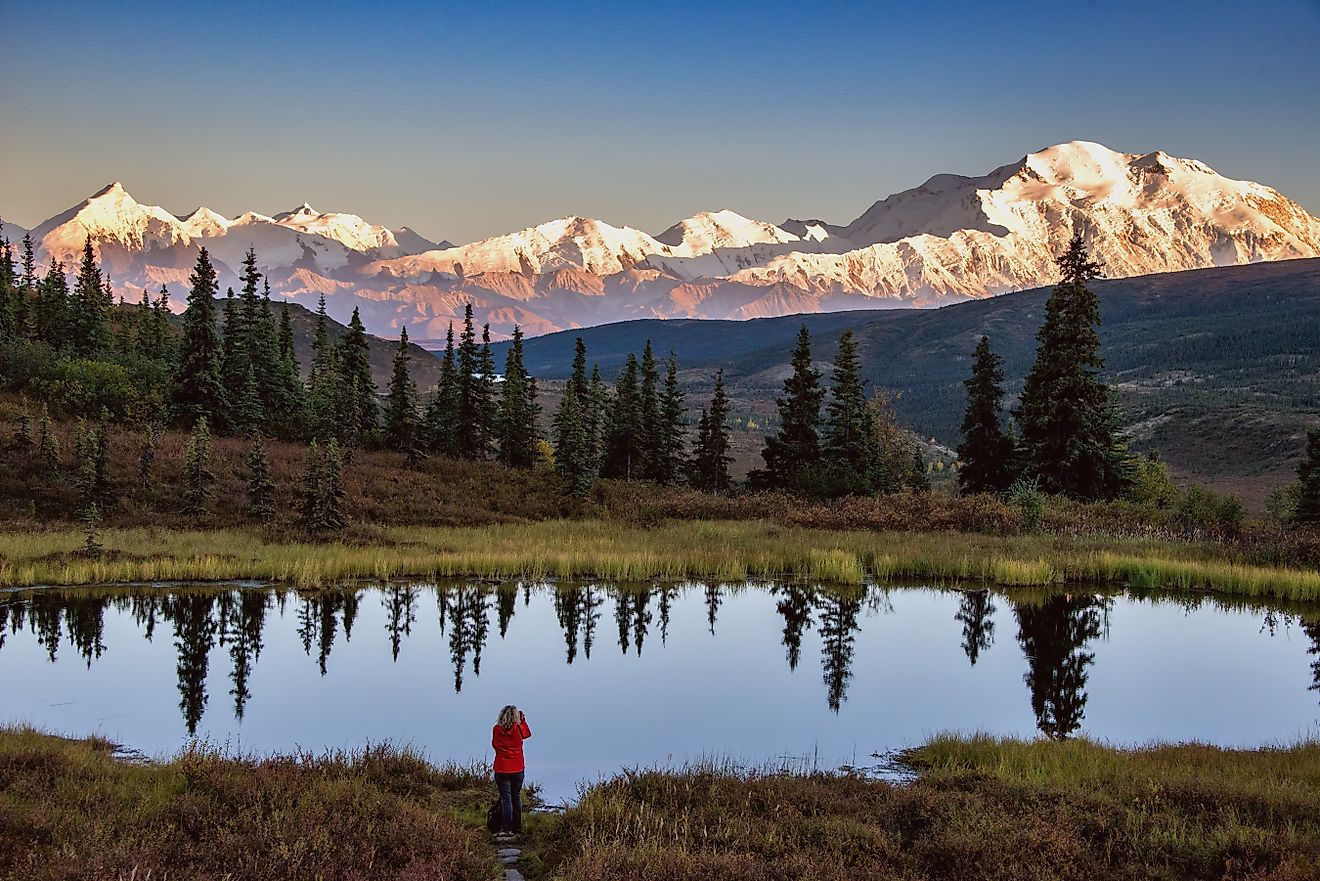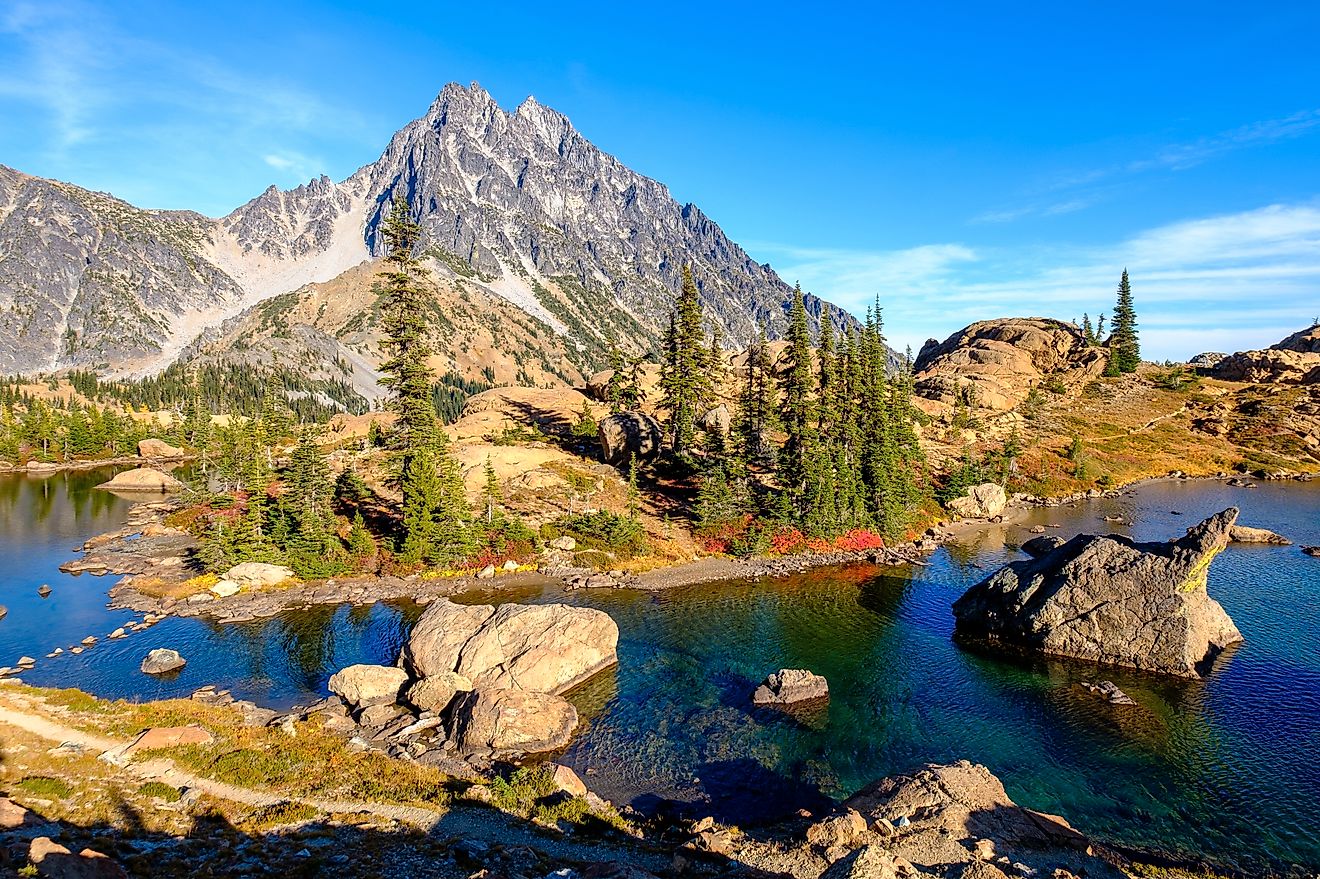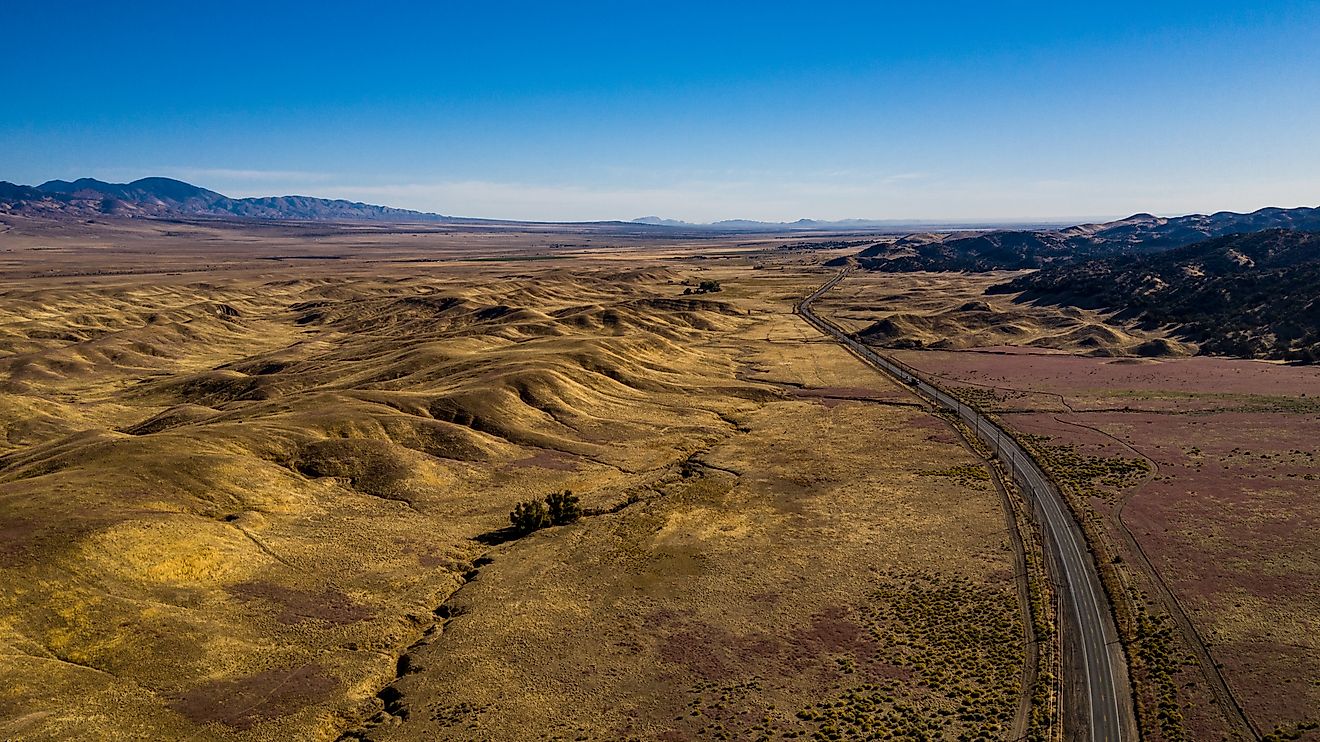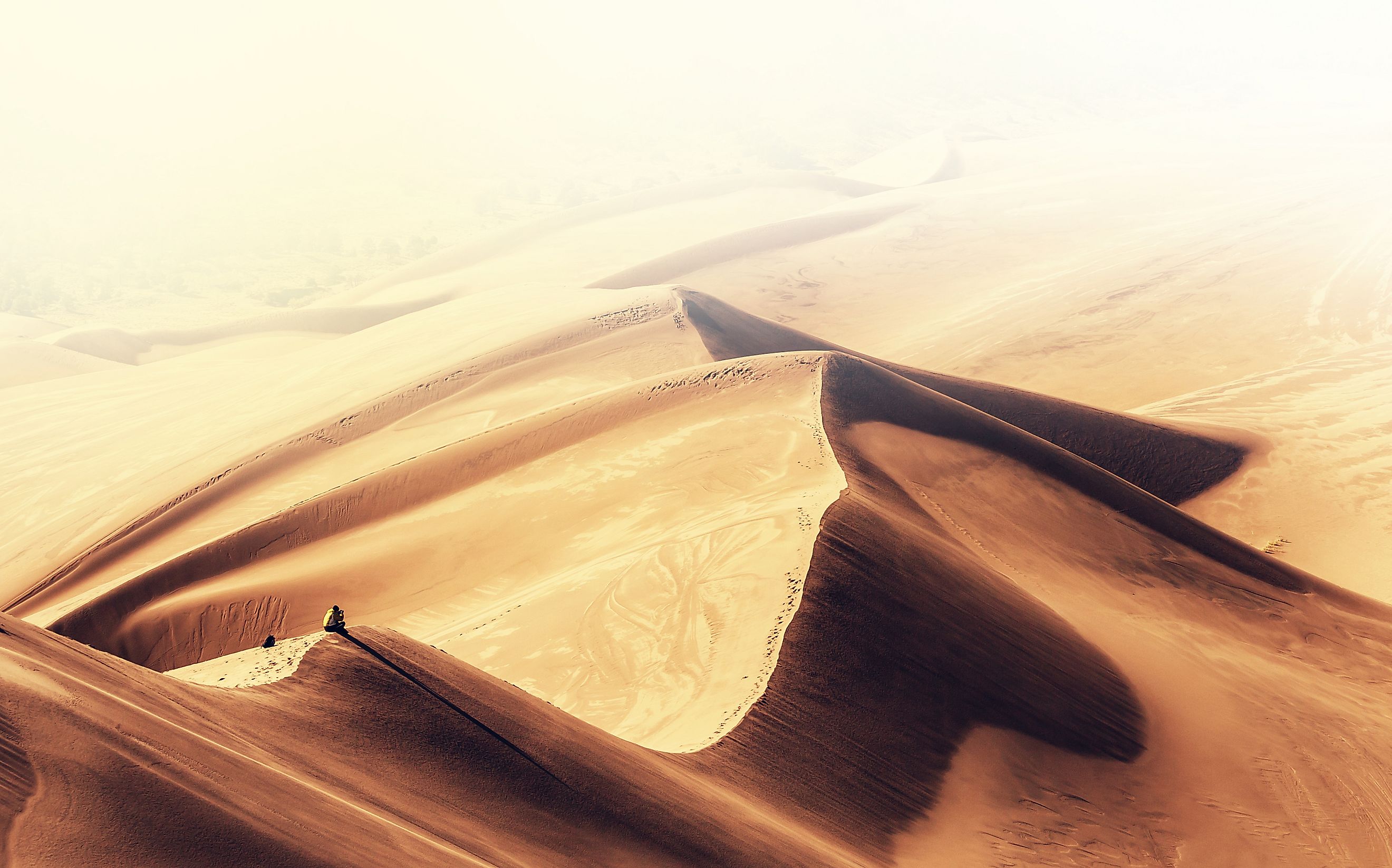
The Most Gigantic Sand Dunes in America That Look Like Another Planet
Sand dunes across the United States are not only massive; they offer some of the most striking and otherworldly landscapes on Earth. Far from being lifeless stretches of sand, these towering dunes shape vibrant ecosystems, with some appearing as though they belong on another planet. From the tallest dunes in North America to remote desert formations that hum with the wind, these sandscapes are as varied as they are awe-inspiring.
In places like Colorado, California, and Nevada, these monumental dunes offer more than just a beautiful view—they provide a playground for adventure, from sandboarding and off-roading to quiet hikes and stargazing. For travelers seeking something unique, the United States’ giant sand dunes present a rare chance to experience its landscape. Here’s a closer look at six of the largest, most stunning sand dunes in the US and why they’re worth the journey.
Great Sand Dunes National Park and Preserve, Colorado
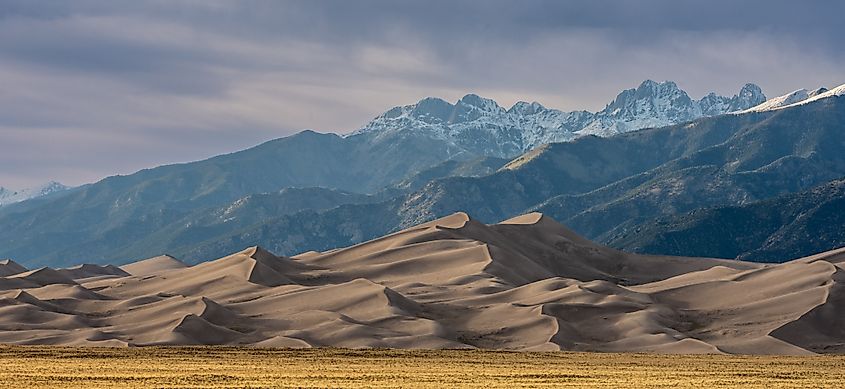
The Great Sand Dunes National Park and Preserve in southern Colorado is home to the tallest sand dunes in North America, with the Star Dune rising nearly 750 feet above the surrounding valley floor. This massive dune field, covering 30 square miles, sits at the foot of the Sangre de Cristo Mountains, where the rocky peaks create a stunning contrast to the flowing sand below. The dunes gentle curves and ridges have been shaped by centuries of wind. But what makes this place feel truly alien is the way it manages to capture both the harshness of the desert and the lushness of the surrounding environment. On one side, there’s a massive expanse of towering sand dunes, while the other side leads to lush forests, wetlands, and even alpine peaks.
The landscape is not only a testament to the power of the elements but also a paradise for those who love adventure and natural beauty. Hiking to the top of the dunes is a challenge, but one that rewards you with sweeping, panoramic views of the dunes stretching out beneath you, the jagged mountains looming in the distance, and the sky above wide and uninterrupted.
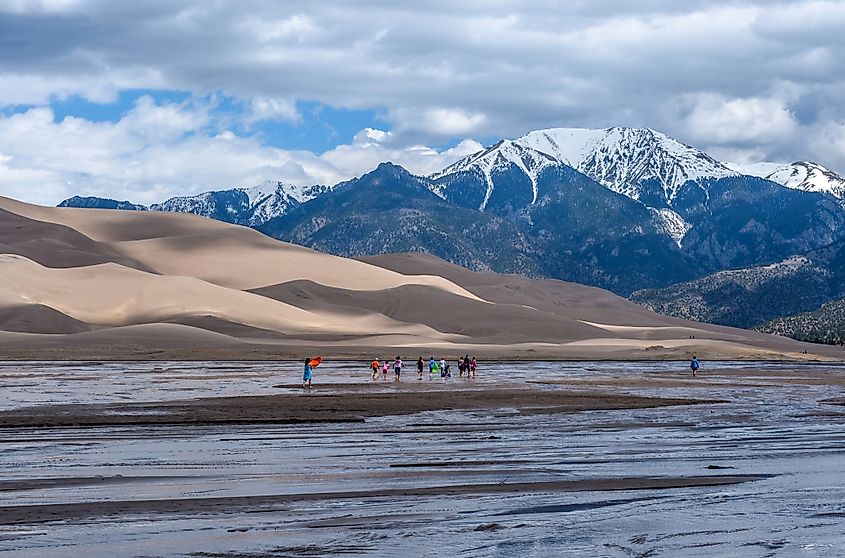
For those seeking more than just hiking, the park offers a range of activities. Sandboarding and sand sledding are popular options, allowing visitors to race down the dunes with exhilarating speed. The nearby Medano Creek, which flows in the spring, provides a refreshing escape, especially during the late spring and early summer months, when the creek’s flow is strongest. It’s an ideal spot for splashing around in the cool waters or relaxing by the banks.
Imperial Sand Dunes (Algodones Dunes), California
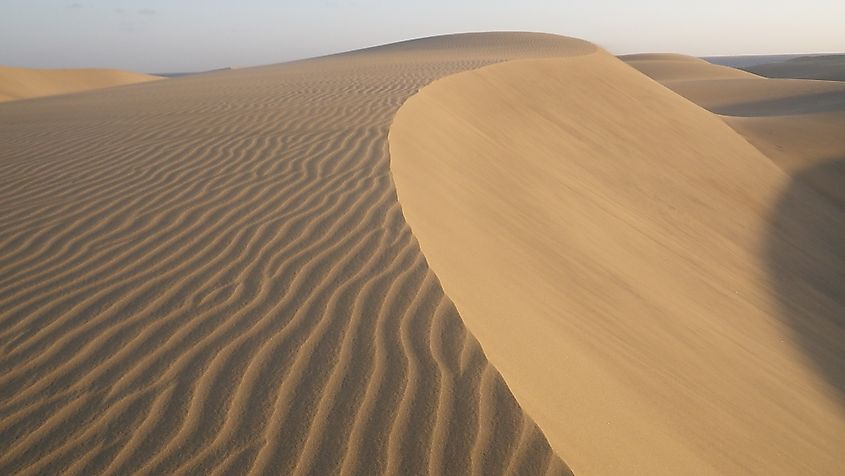
Stretching across the California desert into Arizona and Mexico, the Imperial Sand Dunes—also known as the Algodones Dunes—form one of the largest and most expansive dune systems in the United States. Covering more than 40 miles in length and reaching widths of up to 5 miles, these dunes are an imposing sight, their sands shifting with the wind, creating patterns and shapes that change by the minute. Set against the rugged Chocolate Mountains to the west and the barren California desert to the east, the dunes feel like an entirely different world, a massive sea of sand stretching as far as the eye can see.
The dunes themselves rise dramatically from the flat desert floor, and some of the tallest peaks stand over 300 feet high, creating a surreal and dramatic landscape. The harsh sun, the dry air, and the unrelenting landscape give the dunes an otherwordly quality, making them an iconic feature of California’s desert terrain.

This expansive desert playground is also a hub for off-highway vehicle (OHV) enthusiasts, attracting thousands of visitors each year. The dunes offer a thrilling terrain for ATVs, dune buggies, and motorcycles, with some of the most extreme off-roading experiences available. While some areas are open for camping, it’s important to note that the dunes can become crowded, especially during holidays, when up to 150,000 people can visit in a single weekend. However, despite the popularity of off-roading, the Imperial Sand Dunes also offer a unique opportunity to experience the power of nature in a wild and untamed landscape.
Amargosa Big Dune, Nevada
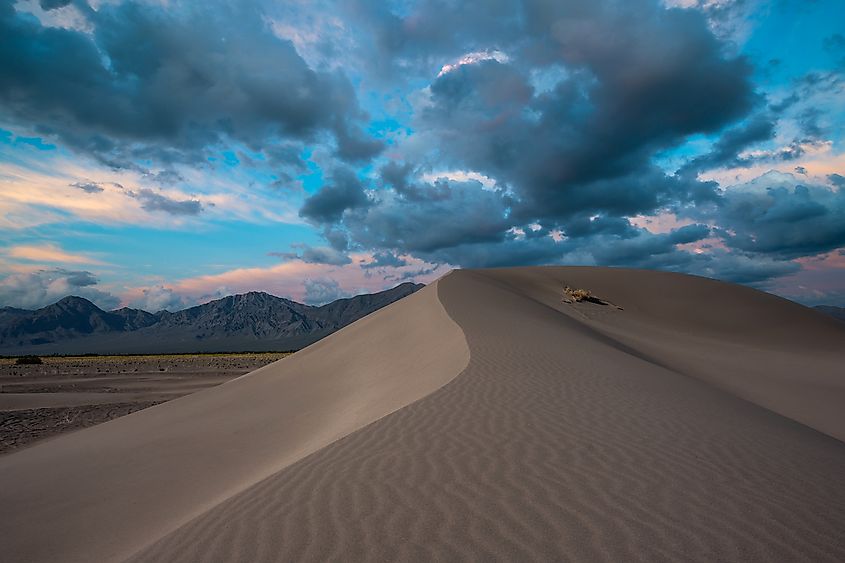
In the isolated Mojave Desert near Amargosa Valley, Nevada, lies the Amargosa Big Dune, a towering sand formation that rises 500 feet above the surrounding desert floor. This immense dune stretches across a 1.5-mile expanse, offering a sense of scale that is both humbling and awe-inspiring. Unlike the bustling dunes of California, Amargosa Big Dune is relatively remote, making it an excellent spot for those seeking solitude and an opportunity to truly disconnect. Surrounded by the barren Mojave Desert, this dune offers a stark, beautiful contrast to the flat, arid landscape around it.
While the dune is relatively small compared to others on this list, its isolation and towering height make it feel incredibly grand. The dune itself provides a fantastic spot for off-roading, although hiking to the summit is a rewarding experience for those seeking a quieter, more contemplative activity.
Eureka Dunes, California
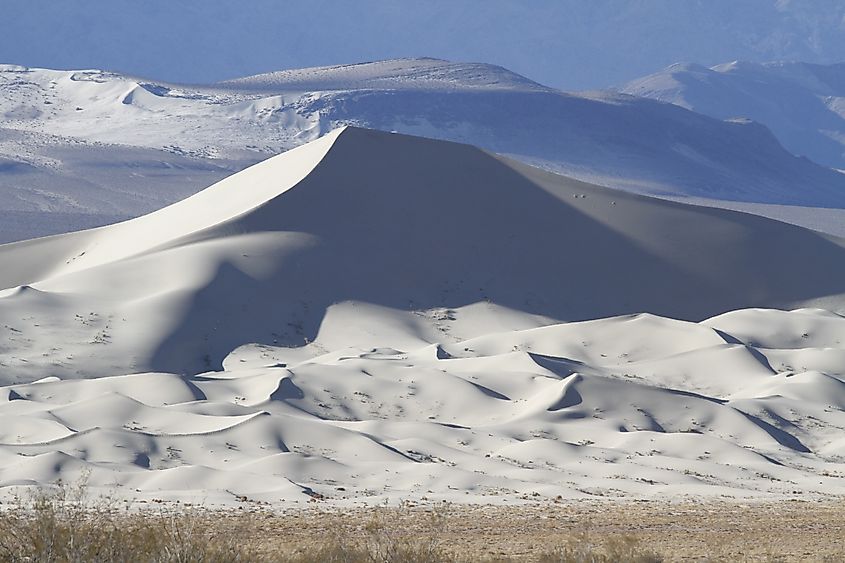
The Eureka Dunes, situated within Death Valley National Park, are among the tallest and most striking sand dunes in California. Located in the Eureka Valley, these dunes rise to over 680 feet, their immense size and isolation creating an atmosphere of both awe and mystery. The surrounding Eureka Valley is stark and barren, with only the occasional hardy desert plant breaking the monotony of sand and rock. What makes these dunes particularly unique, however, is their ability to "sing." Known as the "singing sands," the dunes create a deep, resonant hum when large quantities of sand shift, producing a sound unlike anything else in nature.
Aside from the curious auditory phenomenon, the Eureka Dunes provide a stunning landscape for visitors. They are one of the most remote locations in Death Valley National Park, and as such, they are free from the crowds that often flock to the park’s more popular sites. This solitude makes it the perfect place for those looking to truly escape into nature. Hiking to the top of the dunes is challenging, but the reward is a panoramic view of the valley below. Visitors should be aware, however, that off-roading is prohibited in the area to preserve the delicate ecosystem, which is home to rare plant species such as the Eureka dunegrass.
Kelso Dunes, California
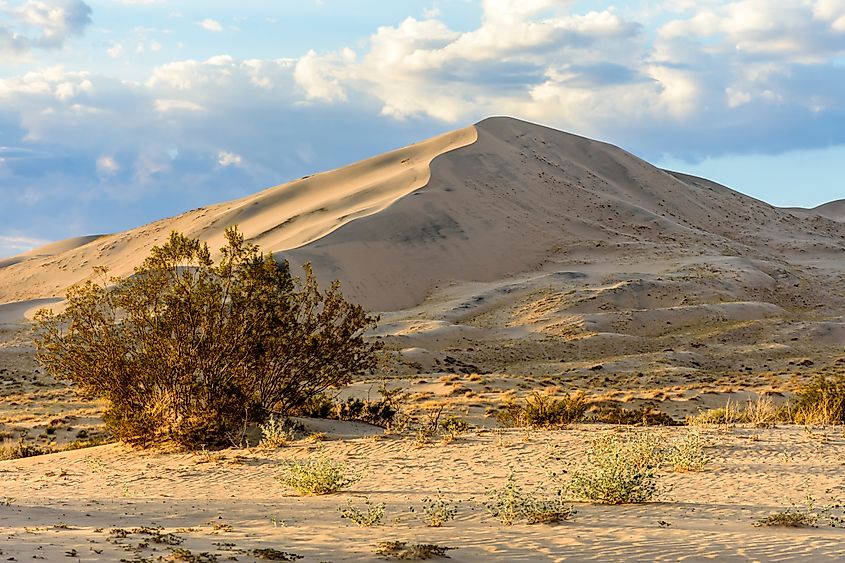
The Kelso Dunes, in the Mojave National Preserve, rise 650 feet above the desert floor, creating a majestic sight in the midst of the vast Mojave Desert. The dunes stretch 45 square miles across a sprawling desert landscape. The area surrounding the dunes is harsh and unforgiving, with dry, cracked earth and sparse vegetation, but the dunes themselves are a striking contrast, their soft sands appearing like waves frozen in time.
One of the most unique features of the Kelso Dunes is their ability to "boom." When the right conditions are met, the shifting sand produces a low, rumbling sound that echoes across the desert. This phenomenon is caused by the friction between grains of sand as they shift down the dune. The sound can sometimes be heard up to a mile away, making it a rare and exciting experience for visitors. The dunes are accessible by hiking, with a trail leading to the summit, where you can experience the vast expanse of desert that surrounds the dunes. Sandboarding is discouraged in the area to protect the fragile ecosystem, but the opportunity to witness the unique “booming” sands is a highlight of any visit.
Sleeping Bear Dunes, Michigan
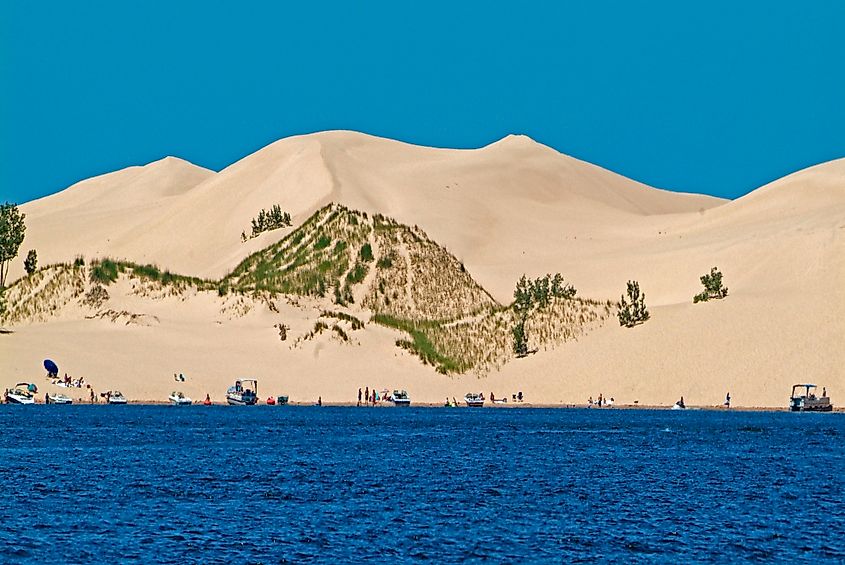
The Sleeping Bear Dunes on the northern coast of Lake Michigan may not be as extreme as those found in the desert, but they are no less awe-inspiring. Rising up to 450 feet above the lake, these dunes offer spectacular views of both the water and the surrounding forested landscape. The dunes are part of the Sleeping Bear Dunes National Lakeshore, a protected area that includes forests, wetlands, and inland lakes in addition to the expansive sand hills.
The dunes themselves are a popular destination for both hikers and beachgoers, with the Dune Climb offering a challenging climb to the top of the largest dunes. From there, visitors are treated to breathtaking views of Lake Michigan and the surrounding wilderness. The area is also known for its wildlife, including deer, foxes, and a variety of bird species. The surrounding area offers numerous hiking trails and opportunities for swimming, kayaking, and exploring the nearby beaches.
A Journey to Otherworldly Landscapes
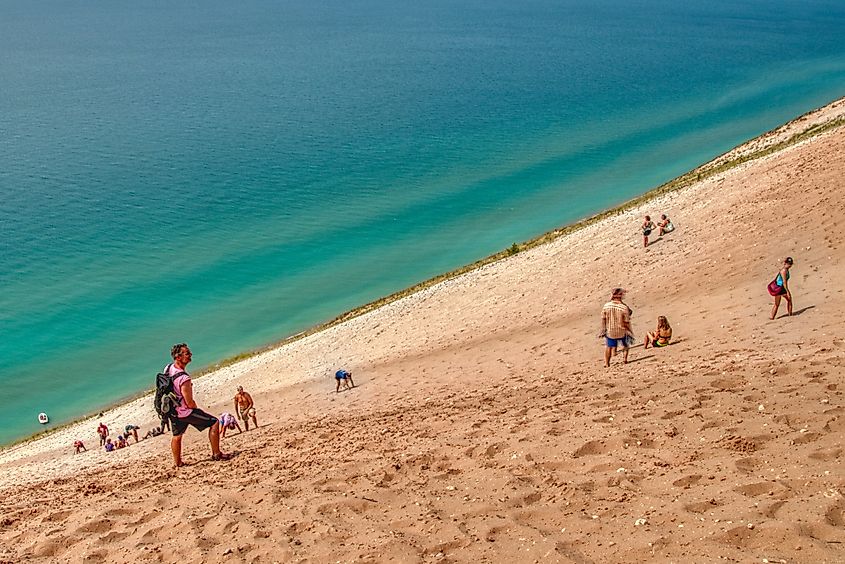
From the towering peaks of the Great Sand Dunes to the serene beauty of Sleeping Bear Dunes, the United States is home to a diverse range of sand dunes that are as breathtaking as they are unique. These dunes not only offer stunning landscapes that feel otherworldly but also provide visitors with a wide variety of recreational opportunities, from sandboarding and off-roading to hiking and wildlife observation.
Whether you’re a seasoned adventurer or someone looking to experience something entirely new, these massive sand dunes are an unforgettable testament to the power and beauty of nature. Each dune offers its own distinctive charm, allowing visitors to immerse themselves in landscapes that feel like they belong on another planet.
